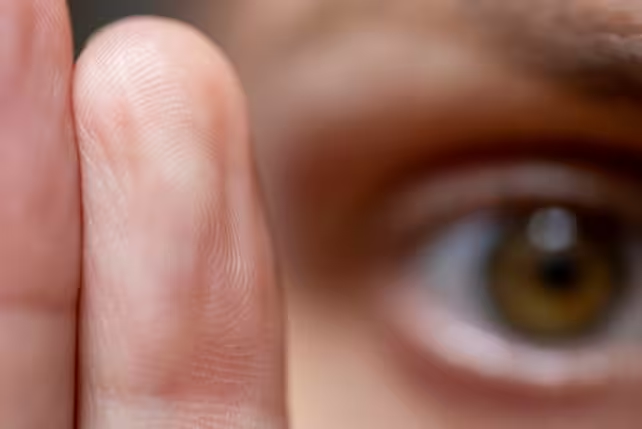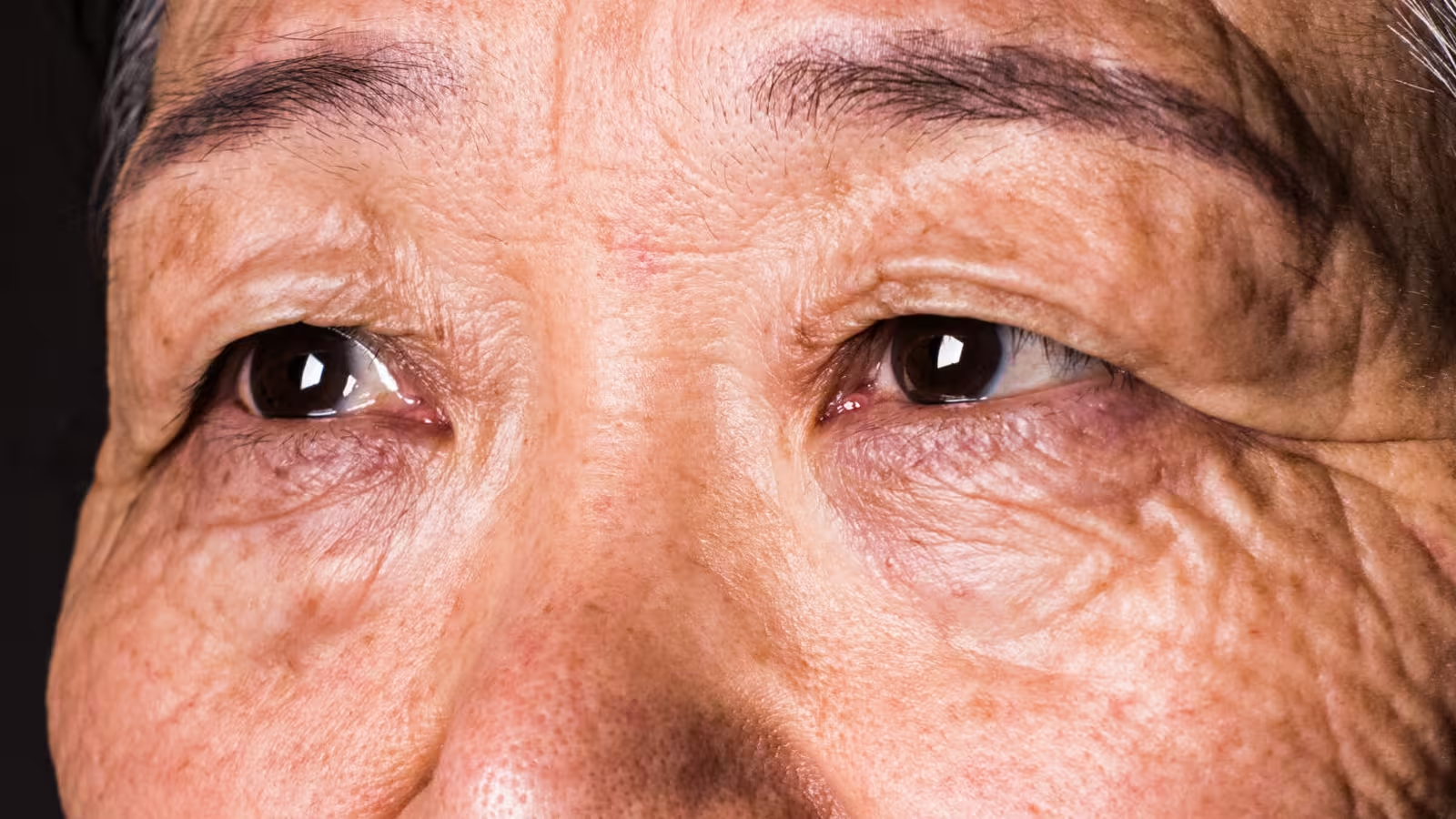4 Minutes
Understanding the Link Between Eyesight and Brain Health
The human eye serves as more than just a window to the world—it can offer critical insights into the overall health of the brain. Recent scientific research suggests that subtle changes in visual sensitivity may signal the earliest stages of cognitive decline, notably dementia and Alzheimer’s disease, long before traditional memory symptoms appear.
Groundbreaking Study Reveals Early Visual Clues of Dementia
A long-term investigation led by scientists in Norfolk, England, followed the health and cognitive function of 8,623 adults for over a decade. The research team conducted a simple but telling experiment: participants took a visual sensitivity test in which they were asked to react as soon as they could identify a triangle emerging among moving dots on a screen. Strikingly, those individuals who later developed dementia—537 participants in total—were significantly slower to perceive the triangle compared to their peers who did not develop cognitive issues.
Why Vision May Hold Early Warning Signs
The study’s findings point toward a crucial scientific connection: the accumulation of amyloid plaques, a hallmark of Alzheimer’s disease, is known to initially damage areas of the brain responsible for processing visual information. Eventually, the disease progresses to impact regions involved in memory, but vision-related brain areas may exhibit functional disruption years earlier. This means visual deterioration, detectable through non-invasive tests, could serve as one of the earliest warning signs of neurodegeneration—potentially years before memory loss or behavioral changes become evident.

Visual Processing in Alzheimer's Disease
Vision impairments associated with dementia go beyond simple eyesight problems. Patients may experience:
- Reduced contrast sensitivity—making it difficult to see the edges and outlines of objects.
- Color vision changes—such as diminished ability to perceive hues in the blue-green range, a deficit that often arises early in the disease process.
- Difficulty tuning out distractions—reflecting an impaired “inhibitory control” over eye movements, which can make focusing attention or safely navigating environments (like driving) more challenging.
These subtle changes often go unnoticed by the individual but can have a profound impact on quality of life and independence.
Face Recognition and Cognitive Decline
Research also highlights that people living with dementia frequently process unfamiliar faces differently than healthy adults. Rather than systematically scanning the eyes, nose, and mouth—the strategy most people use to commit a new face to memory—those with dementia may fail to focus their gaze, leading to difficulty recognizing acquaintances later. This ineffective pattern of eye movement may contribute to social disconnect and is sometimes recognized by clinicians during early-stage diagnostic assessments.

Can Deliberate Eye Movements Boost Memory?
Given the relationship between visual attention and memory, scientists are asking whether intentional eye movements could help preserve cognitive function. Preliminary studies have produced mixed results; some suggest that actively moving the eyes—from left to right and back again at a brisk pace (about two movements per second)—may enhance autobiographical memory, but these benefits appear to be more pronounced in right-handed individuals. Other lifestyle factors, such as frequent reading or television viewing, are also associated with sharper memory, possibly because these activities naturally engage the visual and cognitive systems.
Importantly, individuals with more years of formal education often maintain greater 'brain reserve,' making them more resilient to age-related brain changes.
Challenges and Future Prospects for Visual Diagnostics in Dementia
Despite mounting evidence supporting the potential of vision-based tests in early dementia detection, practical implementation remains limited. Advanced eye-tracking technologies, which monitor subtle changes in gaze and eye movement patterns, are expensive and require specialized expertise. Until affordable, user-friendly devices become mainstream, these diagnostic tools are likely to remain confined to research laboratories.
Nevertheless, rapid advancements in neuroscience, digital health, and artificial intelligence offer hope for broader screening and early intervention in the future. Simple non-invasive vision tests, possibly administered during routine eye exams, could one day become a cornerstone of dementia prevention and management strategies.
Conclusion
Emerging evidence highlights the remarkable potential of the eyes as indicators of brain health. Loss of visual sensitivity and changes in eye movement patterns may precede dementia symptoms by more than a decade, offering a vital window for early detection and intervention. As technology evolves and our understanding deepens, vision-based diagnostics could revolutionize approaches to Alzheimer’s disease and broader cognitive care, enabling earlier, more effective strategies for maintaining brain health across the lifespan.
Source: theconversation



Comments